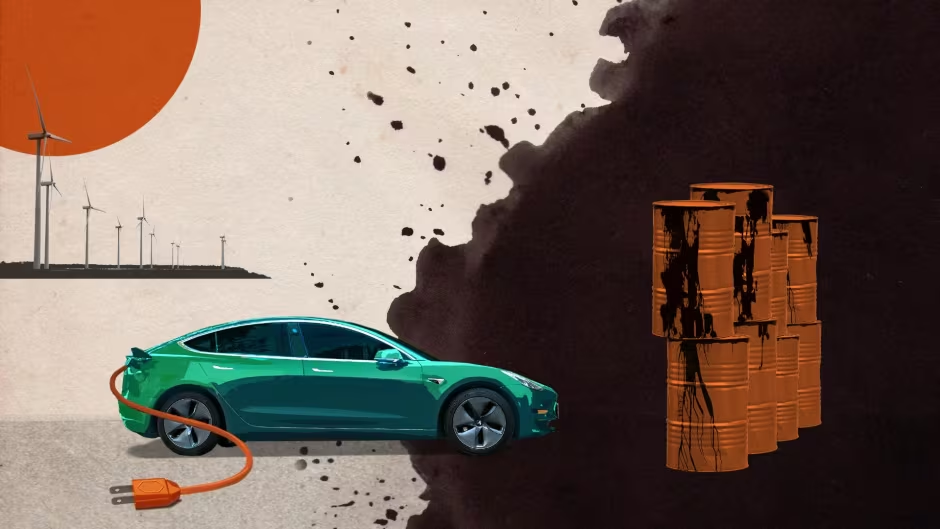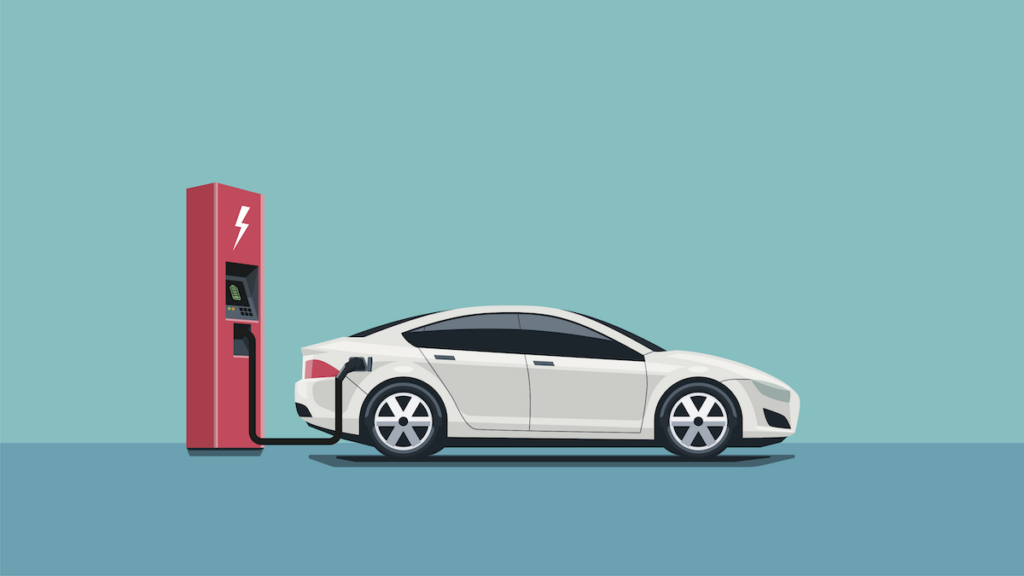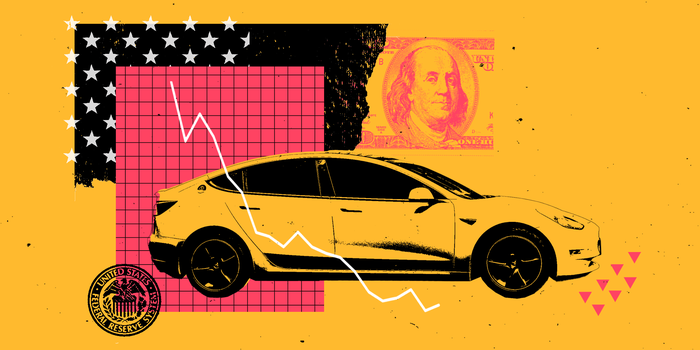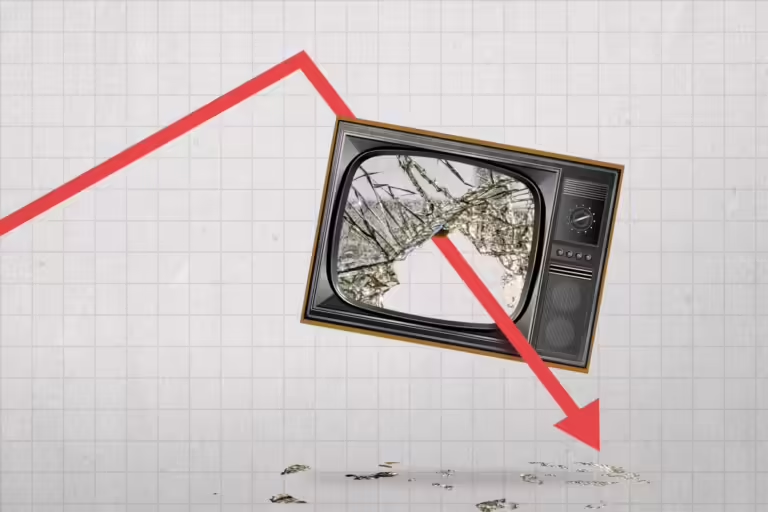The Potential Downfall of Electric Cars: Challenges, Economic Impact, and the Future of Sustainable Transport
Electric cars (EVs) have gained significant traction over the past decade as the world seeks sustainable alternatives to fossil-fuel-powered vehicles. Governments, corporations, and consumers alike are investing in this burgeoning market, hoping to curb carbon emissions and drive forward a cleaner future. However, while the electric car revolution promises an environmental breakthrough, it faces several potential roadblocks. From infrastructure limitations and supply chain vulnerabilities to the economic challenges and market saturation risks, the downfall of electric cars remains a plausible outcome if critical challenges aren’t addressed. This paper explores these key concerns, backed by data and expert opinions, while evaluating the potential future of electric vehicle adoption.
Electric cars represent a paradigm shift in the transportation industry, promising cleaner energy use and reduced emissions. As of 2024, the global electric vehicle (EV) market is valued at over $400 billion, driven largely by favorable government policies and increasing consumer awareness regarding climate change. Countries like Norway, Germany, and China have aggressively embraced EV technology, while companies such as Tesla, Rivian, and NIO are driving the innovation curve.
However, despite their popularity and potential, a growing body of research highlights risks that could undermine the global transition to electric vehicles. This paper aims to examine these risk factors by addressing questions about EV infrastructure, battery production, raw material availability, environmental sustainability, and consumer adoption rates. This research draws on both market analysis and environmental studies to assess whether electric vehicles could see a downfall despite their early successes.

1. The Current State of Electric Vehicles
1.1. Market Adoption
The global electric vehicle market has been experiencing exponential growth. Between 2015 and 2022, EV sales increased by 65% annually, with countries like China, the United States, and Germany leading the way. Despite this, EVs still make up only about 10% of global vehicle sales . The primary factors driving growth include government incentives, rising fuel prices, and an increasing focus on reducing greenhouse gas emissions.
1.2. Government Policies and Incentives
Many governments have implemented policies to support electric vehicle adoption, such as tax rebates, subsidies, and charging infrastructure investment. For example, the European Union has set ambitious CO2 reduction targets, with plans to phase out internal combustion engines by 2035 . However, as subsidies begin to decline, questions arise about whether the market can sustain itself without continued government support.
2. Challenges Facing the Electric Vehicle Industry
2.1. Infrastructure Limitations
One of the critical challenges for the electric vehicle industry is the lack of sufficient charging infrastructure. While there has been significant investment in expanding charging networks, the scale is far from sufficient to meet future demand. In the U.S., there are approximately 100,000 public chargers, far short of the millions needed for widespread adoption . Similarly, rural and underdeveloped regions often face accessibility challenges, which could limit EV adoption in those areas.
2.2. Range Anxiety and Charging Times
Range anxiety, or the fear of running out of battery charge before reaching a charging station, continues to deter potential EV buyers. While battery technology has improved, and many EVs now offer over 300 miles per charge, consumers remain skeptical . Additionally, the charging times, which can range from 30 minutes to several hours depending on the station and vehicle, are a significant inconvenience compared to refueling a gas-powered car within minutes .
3. Economic and Supply Chain Vulnerabilities
3.1. Supply Chain Disruptions
Electric vehicle production is heavily dependent on a complex global supply chain, particularly for materials like lithium, cobalt, and nickel, essential for EV batteries. Recent supply chain disruptions caused by the COVID-19 pandemic and geopolitical tensions have exposed vulnerabilities in the system . As EV production ramps up, the demand for these materials could outpace supply, leading to cost increases and potential bottlenecks.
3.2. The Rare Earth Metal Dilemma
Lithium-ion batteries, the cornerstone of electric vehicles, require rare earth metals like cobalt, lithium, and nickel. However, extracting and processing these metals is environmentally damaging and often linked to human rights abuses, particularly in developing countries like the Democratic Republic of Congo . As EV demand increases, the ethical and environmental costs of mining these materials could become more prominent concerns, potentially stalling production .
4. Environmental Concerns
4.1. The Carbon Footprint of EV Production
While electric vehicles emit no tailpipe emissions, their production, particularly battery manufacturing, has a high carbon footprint. A study by the International Energy Agency (IEA) found that producing an EV generates 40-60% more emissions than producing a traditional internal combustion engine vehicle . Much of this is attributed to the energy-intensive processes required to mine and refine raw materials for batteries.
4.2. Battery Disposal and Recycling
Another environmental challenge is the disposal and recycling of EV batteries. Once a lithium-ion battery reaches the end of its life, it can pose significant environmental hazards if not disposed of properly. Current recycling technologies are not yet capable of processing EV batteries at scale, leading to concerns about future waste management .

5. Consumer Attitudes and Market Saturation
5.1. Cost Barriers to Adoption
One of the main barriers to widespread EV adoption is the upfront cost. Although EV prices have been steadily decreasing, they remain higher than comparable gasoline-powered vehicles. This cost disparity, combined with the lack of charging infrastructure, has deterred price-sensitive consumers from switching to EVs .
5.2. Market Saturation and Overproduction
As more automakers enter the electric vehicle market, there is a risk of market saturation. The current demand for EVs is strong, but if production outpaces consumer interest, the market could face a glut of unsold vehicles, leading to financial losses for manufacturers .
6. The Future of Electric Vehicles
6.1. Advances in Battery Technology
The future of electric vehicles heavily depends on advancements in battery technology. Solid-state batteries, which promise higher energy density and faster charging times, could address some of the current limitations . However, these technologies are still in the developmental stage and may not be commercially viable for several years.
6.2. Policy and Market Adjustments
Governments and industries must work together to overcome the challenges facing electric vehicles. This includes investing in more efficient recycling technologies, expanding charging infrastructure, and ensuring that the supply chain for critical materials is both ethical and sustainable. Without these changes, the risk of an electric vehicle downfall will continue to grow .
Conclusion
While electric vehicles offer a promising solution to reduce carbon emissions and combat climate change, their widespread adoption faces significant obstacles. From infrastructure and supply chain issues to environmental concerns and market saturation, the potential downfall of electric cars cannot be ignored. For EVs to become a truly sustainable and dominant force in the transportation industry, both technological advancements and policy interventions are necessary. Only through concerted global efforts can the electric vehicle market overcome these challenges and realize its full potential.
References
- IEA. (2022). Global EV Outlook 2022: Trends in electric mobility. Retrieved from www.iea.org/reports/global-ev-outlook-2022
- BloombergNEF. (2023). Electric Vehicle Outlook 2023. Bloomberg.
- European Commission. (2022). Fit for 55: The EU’s plan for reducing carbon emissions.
- U.S. Department of Energy. (2023). Electric vehicle charging infrastructure trends.
- EV Database. (2023). Range and battery performance of modern electric vehicles.
- Zap-Map. (2023). Public EV charging speeds and networks in the UK.
- McKinsey & Company. (2022). The global automotive supply chain at a crossroads.
- Amnesty International. (2023). Cobalt mining and child labor concerns in the DRC.
- The Guardian. (2023). The environmental costs of mining rare earth metals for EV batteries.
- International Energy Agency (IEA). (2022). The lifecycle carbon emissions of electric vehicles.
- Electric Vehicle Battery Recycling Association. (2023). Current challenges in battery recycling.
- Kelley Blue Book. (2023). The cost comparison between electric and gasoline vehicles.
- Automotive News. (2023). Market risks and overproduction in the electric vehicle sector.
- Nature Energy. (2023). The potential of solid-state batteries for the future of EVs.
- World Economic Forum. (2024). Global efforts in sustainable EV production and policy.

